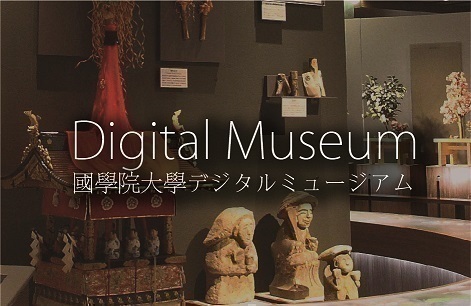- トップ
- Encyclopedia of Shinto
- Haishi
Encyclopedia of Shinto
| Main Menu: | |
| Links: |
詳細表示 (Complete Article)
| カテゴリー1: | 2. Kami (Deities) |
|---|---|
| カテゴリー2: | Concepts of Kami |
| Title | Haishi |
| Text | The practice of enshrining kami as joint tutelaries alongside a shrine's primary object of worship (shushin or shusaijin); also, the kami so enshrined. Also called haisai or haikyō when referring to the practice, and haishishin or haishin when referring to the kami involved. The practice of discriminating between a shrine's main and auxiliary deities was institutionalized under the Meiji-period system of nationally endowed shrines (kankokuheisha), although the concept itself existed much earlier, as is evident in the use of the term maegami to refer to a shrine's auxiliary kami, or in the usage aidono no kami ("kami of the joint halls"). Such "auxiliary kami" were normally believed to have some innate relationship to the central object of worship, but they might also be enshrined for a variety of other reasons. Likewise, they were enshrined at the same time as the main kami in some cases, while in others, they were added at a later date. Kami originally worshiped as a haishishin might in time become the main kami of a shrine. Shrines are not necessarily limited to a single auxiliary kami, and in some cases, such auxiliary kami number into the dozens. In most cases, the haishin are enshrined in the same hall as the main kami, but they are occasionally worshiped in separate structures. -Inoue Nobutaka |




